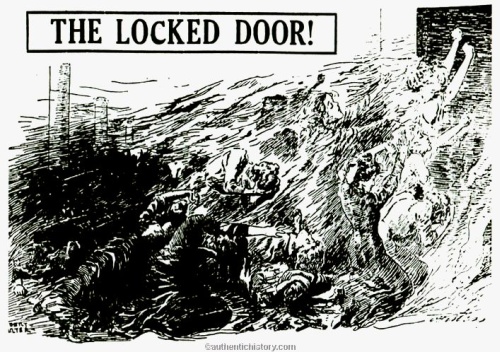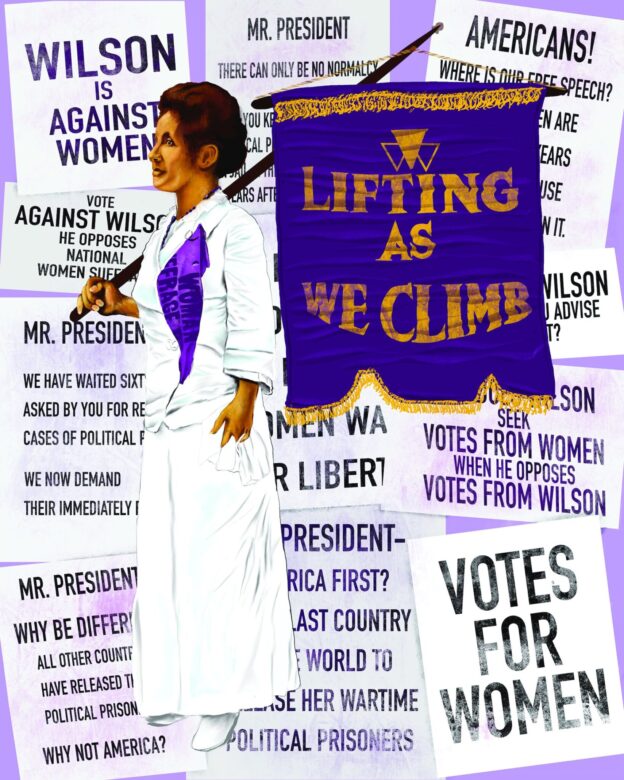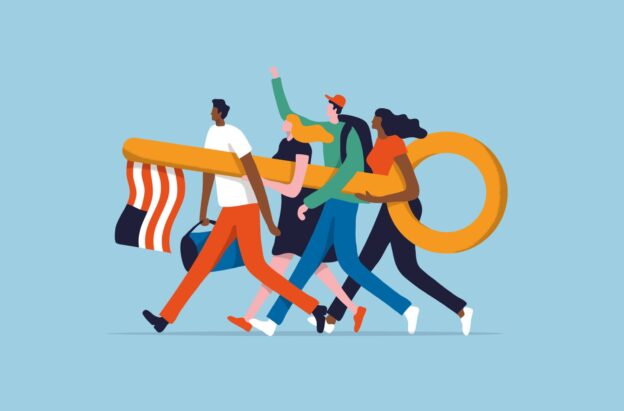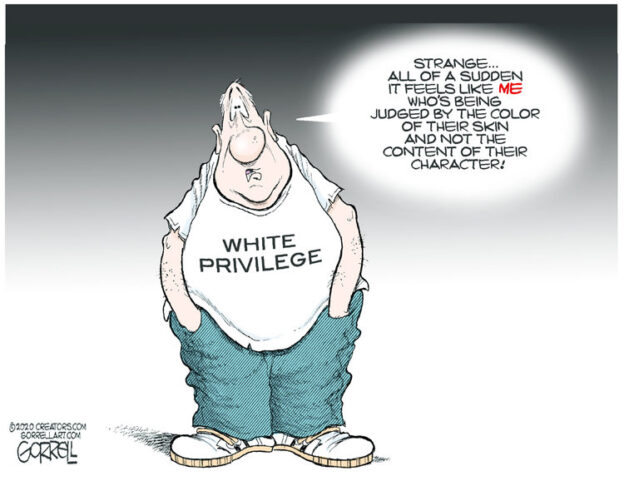The Triangle shirtwaist factory fire was a sweatshop company that caught a wide variety of attention because of their most tragic and deadliest disasters ever in history. The work area was filled with about five hundred employees who suffered long hours, low wages, and unsafe conditions. These employees, who were mostly women and teenagers, on March 11, 1911, had finished their 11-12 hour shift when a fire had started. By the first attempt to try and put out the fire by one of the employees, the manager, there was a malfunction with the hose, one of the most important things in any workplace, plus sprinklers were not installed in the workplace. Even the exits played a part in the workers’ inability to escape the building, causing many to jump to their death out the window. The next exit, the stairs, had a locked door that could only be open from the outside. The last existing exit was the fire escape, and it was in such bad condition that it had collapsed.
A total of 146 people died from that disaster. Yet, it could have been prevented if proper safety standards and better conditions could have saved the workers’ lives and stopped the fire’s growth. According to the video from youtube, “HISTORY,” that this industrial disaster was man-made. Man-made disasters can be defined as humans being the cause of disasters. There can be a sense of negligence and a certain intent behind disasters.
Going back to the idea of intent, it’s important to know people’s intentions when you’re looking for a job or pursuing anything because sometimes they don’t align with your needs and intentions as a human being. Sometimes business owners could care about profit and product, and that can create them not to care for their employees properly. This concept I am speaking on connects to Erick’s Luevanos snapshot with people holding signs, and one of them says, “If we are essential, treat us as such.” From my own perspective, that sign means that if I’m working overtime and I bust my butt creating more quantity for a company for hours, I would want some bonus or even some type of benefit since I’m being held up into producing and making more money for the company. I am super important to the company. You would think that a company that’s overworking their employees would increase employees’ place of work, whether it is increasing pay, increasing break time, or even doing reconstruction to have more employees and have a safer environment and not crowded. Yet, it seems hazardous to me that so many employees worked on that floor, and there was not one single exit available or stable enough to get everyone out. If there are that many employees, there should be more safety procedures.
I think it is also important to emphasize teaching employees proper protocols on what to do and how to handle their mental state in emergencies. Of course, the Triangle shirtwaist factory had people panicking because of the lack of resources on their floor because the business owner’s part is not creating a safe environment. Training employees to follow emergency guidelines can reduce the cost of employees hurting themselves and not thinking logically.




